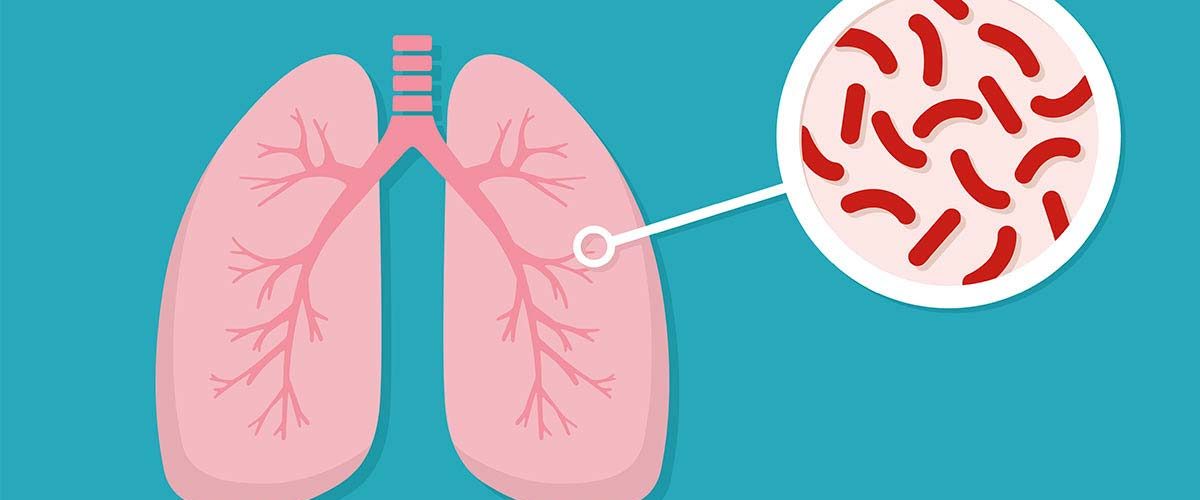The rising number of tuberculosis (TB) cases in previous years have issued a high alert for public health in Turkey. A study published in the Journal of Infection in Developing Countries investigated the efficiency of the new diagnostic tools for early diagnosis of active tuberculosis. The lead author, Ilkay Koca Kalkan, reported, “ since 2011, tuberculosis has been a leading cause for high rate mortality worldwide.”
Recently, the public health sector has designed a TB end strategy with an expectation to control the spread by 50% in 2025. However, the achievement of the target is only feasible when certain preventive measures along with early diagnostic strategies are employed. Currently, the standard tool for diagnosis of TB is a microbiological tests associated with the drawback of being insensitive and time-consuming.
Medical literature states that infection due to the mycobacterium tuberculosis induces a rapid immune response and releases multiple factors including cytokines and chemokines.
Among them, CXCL12 plays an important role in leukocyte migration along with ergogenics and wound healing. Thus, to surpass the drawbacks of microbiological diagnostic tools, the research team investigated new tools involving chemokine CXCL12 (SDF-1α) levels for screening purposes.
The author reported, “the sample collection of CXCL12 levels was categorized according to the demographic, clinic features and TB stages of the patients to determine the influence of external factors.” The team identified that the highest level of cytokine was appreciated in the active group compared to the other exposed people. Moreover, the sensitivity and specificity of the diagnosis perceived were comparatively lower than other tests.
The author concluded, “ the bacterial load and radiological severity were indepednt factors; hence, the CCXL12 levels are indicative for active infection but mostly correlates with disease severity. Thus can be used as a prognostic factor TB.”
















Add comment